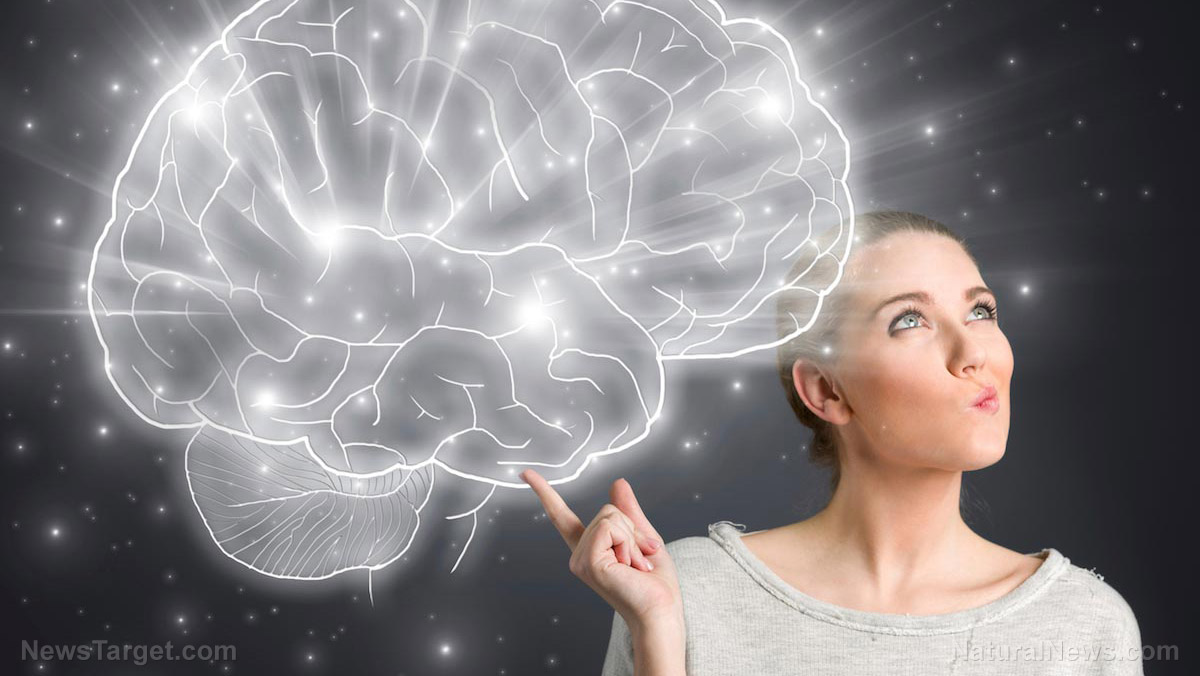Learn about brain health and nootropics to boost brain function
The brain learns different tasks in different ways: Brain wave study sheds insight on learning, memory, mental disorders


(Natural News) Investigators from the Massachusetts Institute of Technology (MIT) have identified the brainwave patterns that correspond with the two different types of learning and memory. The research — published in Neuron — could one day help doctors diagnose cognitive diseases early on, as well as improve learning tools to help patients cope with their conditions.
According to Science Daily, the two kinds of learning are explicit and implicit learning. Explicit learning is the sort that people are aware of and can describe, much like learning how to play chess or memorizing a passage from a book. Conversely, implicit learning is the kind that we don’t have conscious access to and can be described as “muscle memory”, like riding a bike.
The researchers were able to distinguish the neural signatures of each after studying the behavior of animals while they were learning. They noticed that different tasks required one type of learning, and that each kind generated different signals.
In the task wherein monkeys had to compare and match two different things, the animals utilized explicit learning, as was evidenced by them recalling both correct and incorrect answers to improve their performances. By contrast, in the portion where the animals had to move their eyes in one direction or the other as a response to visual stimuli, they only improved their correct answers. This, according to the researchers, was a sign of implicit learning.
Furthermore, they noted how each behavior was accompanied by different brainwave patterns. For example, in the tasks involving explicit learning, alpha 2-beta brainwaves coincided with correct responses while increase delta-theta brainwaves followed incorrect choices. Alpha 2-beta brainwave spikes were prominent when the animals first learned tasks as well, and seemed to decrease in frequency as the animals repeated the tasks. Moreover, the delta-theta brainwaves surged at correct answers during implicit learning and declined as the skill became second nature.
Get CLEAN FOOD and help support our mission to keep you informed: The Health Ranger Store lab verifies everything we sell with accredited testing for heavy metals, microbiology and food safety. Certified organic facility, ISO-accredited on-site laboratory, no GMOs or synthetic ingredients. The world's #1 source of lab-verified clean foods and superfoods for nutritional healing. 600+ products available. Explore now.
“This showed us that there are different mechanisms at play during explicit versus implicit learning,” said Earl K. Miller, senior study author.
The fact that each type of learning is linked to a unique brainwave signature could help educators and scientists in teaching people new skills. “If we can detect the kind of learning that’s going on, then we may be able to enhance or provide better feedback for that individual. For instance, if they are using implicit learning more, that means they’re more likely relying on positive feedback, and we could modify their learning to take advantage of that,” said first study author Roman F. Loonis.
He added: “In Alzheimer’s, a kind of explicit fact learning disappears with dementia, and there can be a reversion to a different kind of implicit learning. Because the one learning system is down, you have to rely on another one.” (Related: Fighting Alzheimer’s: Neurologists come up with a plan to reduce risk and even reverse symptoms.)
The basics on brainwaves
Essentially, brainwaves are the results of rhythmic neural activity in our central nervous system. They originate from the electrical pulses generated by our neurons as they communicate with each other. Brainwaves can be divided into four basic frequencies that correspond with different and specific states of consciousness:
- Beta waves: Measuring in at 15 to 40 cycles a second, beta waves are the fastest of the four different brainwaves. We generate these when we’re fully awake, alert, and strongly engaged in particular activities like problem solving or conversation. Being in a state of high alert can generate beta waves too.
- Alpha waves: These types of brainwaves are slower and higher in amplitude, with a frequency that ranges from nine to 14 cycles a second. Alpha waves are associated with relaxed, detached awareness, calmness, and learning. These tend to be dominant during meditative or daydreaming states.
- Theta waves: We produce theta waves when we’re in deep states of meditation and is said to be a “very positive mental state”; theta waves are equally prominent when we perform tasks that are automatic for us and allow us room to mentally disengage from them, like when we take a shower or brush our hair.
- Delta waves: The final brainwave frequency state and the slowest one. Being in the deepest meditative state and experiencing brainless sleep will produce these slow and loud brainwaves.
Though one type of brainwave may be dominant at certain times, the other types will remain present in the mix of brainwaves, regardless of the type of activity being performed.
Visit Mind.news for more stories relating to the human mind and learning.
Sources include:
Click here to view full article